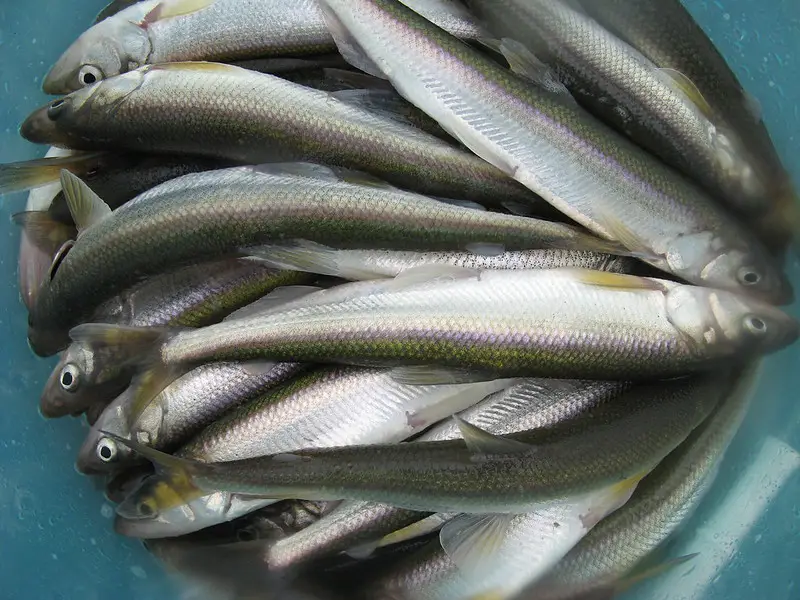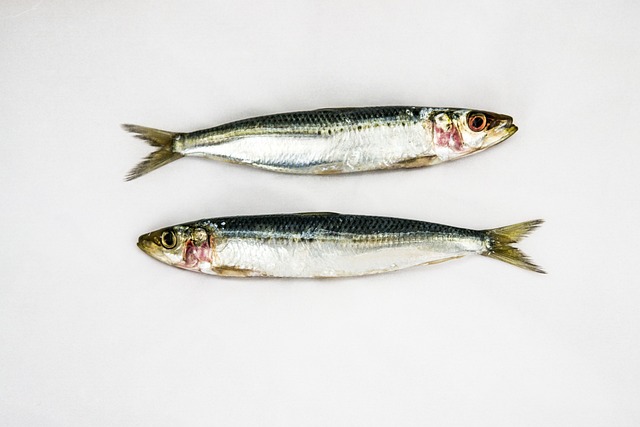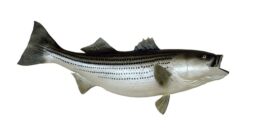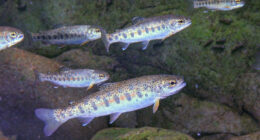Smelt and sardines are both small fish that offer enormous health benefits. Smelt is a freshwater species with softer flesh while sardines are saltwater fish with firmer flesh. Both types of fish can be cooked in various ways, including grilling, frying, or baking.
What are smelt?
(Photo By Andrea Pokrzywinski on Flickr)

Smelt is a type of small, silvery fish that belongs to the Osmeridae family. These fish are found predominantly in freshwater bodies such as rivers and lakes and are known for their distinct flavor.
Smelts have an elongated body with a pointed snout and large eyes. They range in size from 4-8 inches long on average but can grow up to 12 inches in length. The skin of smelt is usually silver-green or blue-gray, which makes them easy to spot underwater.
These tiny fish have been enjoyed by humans for centuries due to their delicious taste and high nutritional value. In fact, they contain essential nutrients like omega-3 fatty acids, protein, vitamins B6 and B12, phosphorus, and selenium.
Smelts are typically caught during their spawning season when they move closer to shorelines or riverbanks. They are often fried whole or cooked in various dishes like soups, stews or grilled alongside other seafood options like shrimp or lobster.
What are sardines?
(Image by DanaTentis from Pixabay )

Sardines are a type of small, oily fish that belong to the herring family. They are commonly found in the waters of the Mediterranean Sea and along the coasts of Portugal and Spain. Sardines have been consumed by humans for thousands of years due to their delicious taste and high nutritional value.
Sardines usually measure around 15cm in length, with silver-colored scales and a distinctively pointed head. Their flavor profile is quite distinctive – rich, savory, and slightly salty. Due to their size, sardines are typically eaten whole after being gutted or canned in oil or water.
In terms of nutrition, sardines pack an impressive punch despite their size. They are an excellent source of protein as well as Omega-3 fatty acids which play a vital role in maintaining heart health, brain function and reducing inflammation throughout the body.
Due to its abundance on certain coastlines worldwide combined with its nutritional benefits make sardine one popular ingredient among many cultures’ cuisines including sushi rolls (nigiri-zushi) where it’s often served raw with soy sauce!
Smelt Vs. Sardines – Key differences
Smelt and sardines are both small, oily fish that are popular in many cuisines around the world. However, there are some key differences between these two types of fish.
One of the main differences is their size. Smelt are typically much smaller than sardines, with an average length of only a few inches. Sardines, on the other hand, can grow up to six or seven inches long.
Another difference between smelt and sardines is their taste. Smelt have a milder flavor compared to sardines which tend to have a stronger taste due to their higher oil content.
In terms of texture, smelts have softer flesh while sardines have firmer flesh with more noticeable bones that you need to watch out for when eating them.
When it comes to nutrition benefits though both fishes offer similar nutritional value like high omega-3 fatty acids content and protein levels but in different quantities.
Whether you prefer smelts or sardines will come down to your personal tastes and cooking preferences but understanding these key differences can help you make an informed decision next time you’re at the seafood counter!
The Health benefits of smelts
Smelts are a small, oily fish that are packed with essential nutrients and minerals. Here are some of the health benefits you can get from eating smelts.
Smelts contain high amounts of omega-3 fatty acids which improve brain function, reduce inflammation in the body and lower blood pressure levels. These healthy fats also help to maintain healthy skin and hair by keeping them moisturized.
These tiny fish are an excellent source of protein which is essential for building strong muscles and repairing damaged tissues. This makes it a great food option for athletes or people who work out regularly.
Smelts contain vitamin B12 which plays an important role in red blood cell formation and nerve function. It’s also vital for maintaining energy levels throughout the day.
Smelts have low mercury levels compared to other types of seafood making it safe for pregnant women to consume without any adverse effects on their babies’ development.
Incorporating smelt into your diet can provide numerous health benefits due to its rich nutrient content.
The Health benefits of sardines
Sardines are a great source of nutrients that can provide numerous health benefits when consumed regularly. One of the most significant advantages is their high omega-3 fatty acids content, which helps reduce inflammation and lower blood pressure.
In addition to being an excellent source of protein, sardines also contain essential vitamins like vitamin D and B12, both crucial for maintaining healthy bones and teeth.
Sardines are also rich in minerals such as calcium, iron, magnesium and phosphorus that contribute to better heart health by regulating heartbeat rhythm.
Consuming sardines can boost brain function due to their omega-3 fatty acid content. Studies show that omega-3s may help improve memory, focus and overall cognitive performance.
Another advantage of eating sardines is their ability to promote weight loss as they are low in calories but high in protein which makes you feel fuller for longer periods reducing your overall calorie intake over time.
If you want your skin looking great all year round then consuming sardines could be beneficial. The fish is packed with antioxidants which protect against environmental pollution while promoting healthy glowing skin.
How to cook smelt and sardines
Smelt and sardines are both versatile types of fish that can be cooked in various ways. Smelts are usually pan-fried, deep-fried or grilled while sardines are often canned, smoked or grilled.
To cook smelts, start by cleaning them thoroughly under cold water. Next, season them with salt and pepper before dipping them in a mixture of flour and cornmeal. Heat up some oil in a skillet over medium heat and add the smelts until golden brown on each side for about 2 to 3 minutes per side.
For sardines, you can either grill fresh ones marinated with olive oil and lemon juice or open up canned ones to mix into pasta dishes or salads. If grilling fresh sardines, brush each one with olive oil before placing it on the preheated grill grate for just a few minutes per side until they become crispy on the outside but still juicy inside.
Cooking these two types of fish is easy as long as you have quality ingredients and follow simple steps to ensure their delicate flavors come through effortlessly!
Featured Image By – Elle Katie from Pixabay








